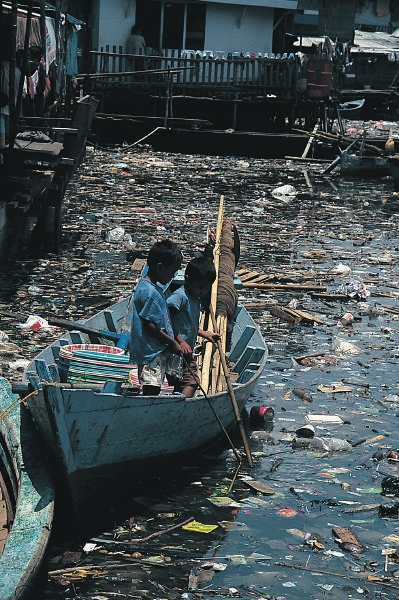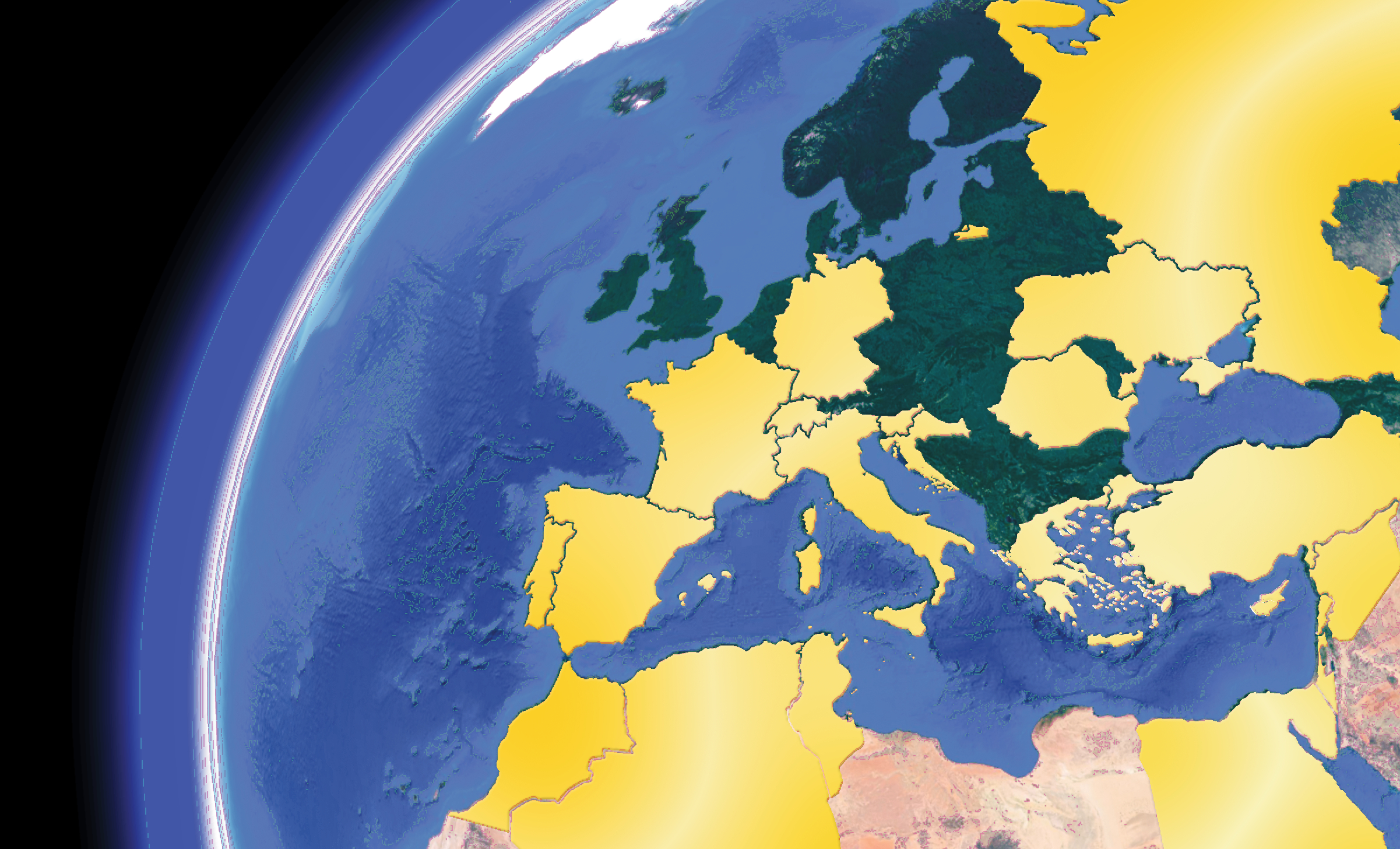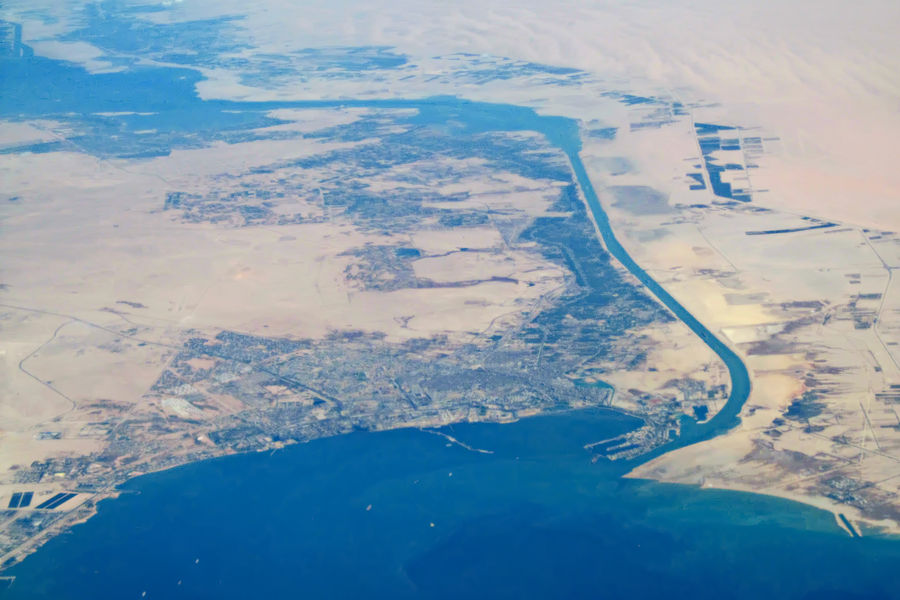|
Modiolus Auriculatus
''Modiolus auriculatus'', the eared horse mussel, is a bivalve mollusc of the family, Mytilidae, which has a natural range in the Indian and Pacific Oceans. It has colonised the eastern Mediterranean Sea from the Red Sea by Lessepsian migration via the Suez Canal. Description ''Modiolus auriculatus'' has an equivalve shell with each valve being inequilateral with their beaks being very close to the anterior end. The shell is the typical mussel form with the ligament and dorsal margins distinctly disjunct and the dorsal and ventral margins being parallel; the dorsal margin is concave. The shell has a smooth with growth lines and the covering periostracum is pubescent. The outer surfaces of the shell is olive-brownish or orange-brown and the shell interior is browny-purple. The commonly grow to a shell size of 70mm. Distribution ''Modiolus auriculatus'' occurs naturally in the Indian Ocean and the Pacific Ocean from the Red Sea south to South Africa, east to eastern Polynesia, ... [...More Info...] [...Related Items...] OR: [Wikipedia] [Google] [Baidu] |
Christian Ferdinand Friedrich Krauss
Christian Ferdinand Friedrich Krauss ( Stuttgart, 9 July 1812 – 15 September 1890), was a German scientist, traveler and collector. Early life He was an apothecary's apprentice and worked as a pharmacist for a while, but then took up the study of mineralogy, zoology and chemistry at Tübingen and Heidelberg, where he excelled academically and was awarded a PhD ''summa cum laude'' in 1836. South Africa Cape Province 7 May 1838 - 2 June 1839 The following year Baron von Ludwig, famous for his garden in Cape Town, visited Germany and persuaded Krauss to visit South Africa. They sailed from Portsmouth aboard the 676-ton barque ''La Belle Alliance'' (the same vessel that had carried 1820 Settlers from England to the Eastern Cape) and arrived in Cape Town 81 days later on 7 May 1838. Krauss started collecting and studying the fauna, flora and geology of Cape Town and environs in earnest after a short trip to Tulbagh. He collected molluscs and crustaceans, marine algae and fish. Plann ... [...More Info...] [...Related Items...] OR: [Wikipedia] [Google] [Baidu] |
Mytilidae à Déterminer
Mytilidae are a family of small to large marine and brackish-water bivalve molluscs in the order Mytilida. One of the genera, '' Limnoperna'', even inhabits freshwater environments. The order has only this one family which contains some 52 genera.Bouchet, P. (2014Mytilidae Rafinesque, 1815World Register of Marine Species Species in the family Mytilidae are found worldwide, but they are more abundant in colder seas, where they often form uninterrupted beds on rocky shores in the intertidal zone and the shallow subtidal. The subfamily Bathymodiolinae is found in deep-sea habitats. Mytilids include the well-known edible sea mussels. A common feature of the shells of mussels is an asymmetrical shell which has a thick, adherent periostracum. The animals attach themselves to a solid substrate using a byssus. A 2020 study of the phylogeny of Mytilidae recovered two main clades derived from an epifaunal ancestor, with subsequent lineages shifting to other lifestyles, and correla ... [...More Info...] [...Related Items...] OR: [Wikipedia] [Google] [Baidu] |
Marine Pollution
Marine pollution occurs when substances used or spread by humans, such as industrial, agricultural and residential waste, particles, noise, excess carbon dioxide or invasive organisms enter the ocean and cause harmful effects there. The majority of this waste (80%) comes from land-based activity, although marine transportation significantly contributes as well. Since most inputs come from land, either via the rivers, sewage or the atmosphere, it means that continental shelves are more vulnerable to pollution. Air pollution is also a contributing factor by carrying off iron, carbonic acid, nitrogen, silicon, sulfur, pesticides or dust particles into the ocean. The pollution often comes from nonpoint sources such as agricultural runoff, wind-blown debris, and dust. These nonpoint sources are largely due to runoff that enters the ocean through rivers, but wind-blown debris and dust can also play a role, as these pollutants can settle into waterways and oceans. Pathways of poll ... [...More Info...] [...Related Items...] OR: [Wikipedia] [Google] [Baidu] |
Palestine (region)
Palestine ( el, Παλαιστίνη, ; la, Palaestina; ar, فلسطين, , , ; he, פלשתינה, ) is a geographic region in Western Asia. It is usually considered to include Israel and the State of Palestine (i.e. West Bank and Gaza Strip), though some definitions also include part of northwestern Jordan. The first written records to attest the name of the region were those of the Twentieth dynasty of Egypt, which used the term "Peleset" in reference to the neighboring people or land. In the 8th century, Assyrian inscriptions refer to the region of "Palashtu" or "Pilistu". In the Hellenistic period, these names were carried over into Greek, appearing in the Histories of Herodotus in the more recognizable form of "Palaistine". The Roman Empire initially used other terms for the region, such as Judaea, but renamed the region Syria Palaestina after the Bar Kokhba revolt. During the Byzantine period, the region was split into the provinces of Palaestina Prima, Pal ... [...More Info...] [...Related Items...] OR: [Wikipedia] [Google] [Baidu] |
Australia
Australia, officially the Commonwealth of Australia, is a sovereign ''Sovereign'' is a title which can be applied to the highest leader in various categories. The word is borrowed from Old French , which is ultimately derived from the Latin , meaning 'above'. The roles of a sovereign vary from monarch, ruler or ... country comprising the mainland of the Australian continent, the island of Tasmania, and numerous smaller islands. With an area of , Australia is the largest country by area in Oceania and the world's sixth-largest country. Australia is the oldest, flattest, and driest inhabited continent, with the least fertile soils. It is a megadiverse country, and its size gives it a wide variety of landscapes and climates, with deserts in the centre, tropical Forests of Australia, rainforests in the north-east, and List of mountains in Australia, mountain ranges in the south-east. The ancestors of Aboriginal Australians began arriving from south east Asia approx ... [...More Info...] [...Related Items...] OR: [Wikipedia] [Google] [Baidu] |
Japan
Japan ( ja, 日本, or , and formally , ''Nihonkoku'') is an island country in East Asia. It is situated in the northwest Pacific Ocean, and is bordered on the west by the Sea of Japan, while extending from the Sea of Okhotsk in the north toward the East China Sea, Philippine Sea, and Taiwan in the south. Japan is a part of the Ring of Fire, and spans an archipelago of 6852 islands covering ; the five main islands are Hokkaido, Honshu (the "mainland"), Shikoku, Kyushu, and Okinawa. Tokyo is the nation's capital and largest city, followed by Yokohama, Osaka, Nagoya, Sapporo, Fukuoka, Kobe, and Kyoto. Japan is the eleventh most populous country in the world, as well as one of the most densely populated and urbanized. About three-fourths of the country's terrain is mountainous, concentrating its population of 123.2 million on narrow coastal plains. Japan is divided into 47 administrative prefectures and eight traditional regions. The Greater Tokyo Ar ... [...More Info...] [...Related Items...] OR: [Wikipedia] [Google] [Baidu] |
Polynesia
Polynesia () "many" and νῆσος () "island"), to, Polinisia; mi, Porinihia; haw, Polenekia; fj, Polinisia; sm, Polenisia; rar, Porinetia; ty, Pōrīnetia; tvl, Polenisia; tkl, Polenihia (, ) is a subregion of Oceania, made up of more than 1,000 islands scattered over the central and southern Pacific Ocean. The indigenous people who inhabit the islands of Polynesia are called Polynesians. They have many things in common, including Polynesian languages, language relatedness, Polynesian culture, cultural practices, and Marae, traditional beliefs. In centuries past, they had a strong shared tradition of sailing and Polynesian navigation, using stars to navigate at night. The largest country in Polynesia is New Zealand. The term was first used in 1756 by the French writer Charles de Brosses, who originally applied it to all the list of islands in the Pacific Ocean, islands of the Pacific. In 1831, Jules Dumont d'Urville proposed a narrower definition during a lecture ... [...More Info...] [...Related Items...] OR: [Wikipedia] [Google] [Baidu] |
South Africa
South Africa, officially the Republic of South Africa (RSA), is the southernmost country in Africa. It is bounded to the south by of coastline that stretch along the South Atlantic and Indian Oceans; to the north by the neighbouring countries of Namibia, Botswana, and Zimbabwe; and to the east and northeast by Mozambique and Eswatini. It also completely enclaves the country Lesotho. It is the southernmost country on the mainland of the Old World, and the second-most populous country located entirely south of the equator, after Tanzania. South Africa is a biodiversity hotspot, with unique biomes, plant and animal life. With over 60 million people, the country is the world's 24th-most populous nation and covers an area of . South Africa has three capital cities, with the executive, judicial and legislative branches of government based in Pretoria, Bloemfontein, and Cape Town respectively. The largest city is Johannesburg. About 80% of the population are Black Sou ... [...More Info...] [...Related Items...] OR: [Wikipedia] [Google] [Baidu] |
Commission Internationale Pour L'Exploration Scientifique De La Méditerranée
The Mediterranean Science Commission, or CIESM, (French: ''Commission Internationale pour l'Exploration Scientifique de la Méditerranée'') unites 24 Member States, hundreds of marine Institutes, and thousands of marine researchers from all shores of the Basin and adjacent seas, to exchange on the latest advances in oceanography. Created by an International Conference held in Madrid, Spain, in November 1919 the Commission promotes multilateral international research on marine sciences via the international use of national research stations and scientific exchange. Originally the organization was restricted to countries bordering the Mediterranean and the Black seas and is now open to other countries engaged in marine research in the broad region. Early years Two professors, the Italian Decio Vinciguerra and the German Otto Krümmel, thought it would be useful for the fishing industry to promote oceanographic exploration of the Mediterranean Sea. Based on Vinciguerra's pro ... [...More Info...] [...Related Items...] OR: [Wikipedia] [Google] [Baidu] |
Periostracum
The periostracum ( ) is a thin, organic coating (or "skin") that is the outermost layer of the shell of many shelled animals, including molluscs and brachiopods. Among molluscs, it is primarily seen in snails and clams, i.e. in gastropods and bivalves, but it is also found in cephalopods such as ''Allonautilus scrobiculatus''. The periostracum is an integral part of the shell, and it forms as the shell forms, along with the other shell layers. The periostracum is used to protect the organism from corrosion. The periostracum is visible as the outer layer of the shell of many molluscan species from terrestrial, freshwater, and marine habitats, and may be seen in land snails, river mussels, and other kinds of freshwater bivalves, as well as in many kinds of marine shelled molluscs. The word ''periostracum'' means "around the shell", meaning that the periostracum is wrapped around what is usually the more calcareous part of the shell. Technically, the calcareous part of the ... [...More Info...] [...Related Items...] OR: [Wikipedia] [Google] [Baidu] |
Suez Canal
The Suez Canal ( arz, قَنَاةُ ٱلسُّوَيْسِ, ') is an artificial sea-level waterway in Egypt, connecting the Mediterranean Sea to the Red Sea through the Isthmus of Suez and dividing Africa and Asia. The long canal is a popular trade route between Europe and Asia. In 1858, Ferdinand de Lesseps formed the Suez Canal Company for the express purpose of building the canal. Construction of the canal lasted from 1859 to 1869. The canal officially opened on 17 November 1869. It offers vessels a direct route between the North Atlantic and northern Indian oceans via the Mediterranean Sea and the Red Sea, avoiding the South Atlantic and southern Indian oceans and reducing the journey distance from the Arabian Sea to London by approximately , or 10 days at to 8 days at . The canal extends from the northern terminus of Port Said to the southern terminus of Port Tewfik at the city of Suez. In 2021, more than 20,600 vessels traversed the canal (an average of 56 per d ... [...More Info...] [...Related Items...] OR: [Wikipedia] [Google] [Baidu] |
Tom Iredale
Tom Iredale (24 March 1880 – 12 April 1972) was an English-born ornithologist and malacologist who had a long association with Australia, where he lived for most of his life. He was an autodidact who never went to university and lacked formal training. This was reflected in his later work; he never revised his manuscripts and never used a typewriter. Early life Iredale was born at Stainburn, Workington in Cumberland, England. He was apprenticed to a pharmacist from 1899 to 1901, and used to go bird watching and egg collecting in the Lake District with fellow chemist William Carruthers Lawrie. New Zealand Iredale emigrated to New Zealand following medical advice, as he had health issues. He may possibly have had tuberculosis. According to a letter to Will Lawrie dated 25 January 1902, he arrived in Wellington, New Zealand in December 1901, and travelled at once on to Lyttelton and Christchurch. On his second day in Christchurch, he discovered that in the Foreign Natural Hi ... [...More Info...] [...Related Items...] OR: [Wikipedia] [Google] [Baidu] |

_01.jpg)





